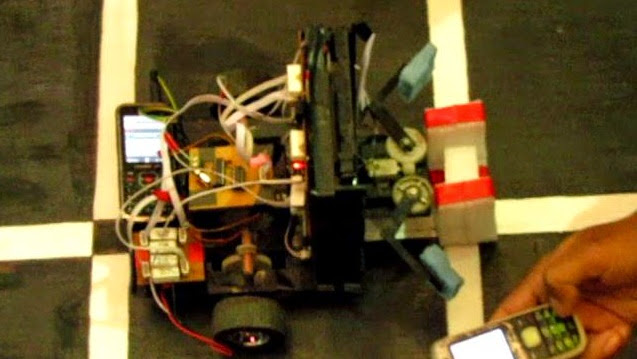Code:
#include<stdio.h>
#include<string.h>
#include<math.h>
#include<map>
#include<iostream>
#include<vector>
#define MAXN 102
#define RADIO 6378.0
#define INF 2147483647
#define myRound(x) ( x 0.5f )
#define radianes(x) ( x * PIx / 180 )
#define ra(x) radianes(x)
#define cost(la1,lo1,la2,lo2) (myRound( ( 2 * atan2(sqrt( (sin( (ra(la2) - ra(la1) ) /2)*sin((ra(la2) - ra(la1))/2)) cos(ra(la1)) * cos(ra(la2)) * (sin((ra(lo2) - ra(lo1))/2)*sin((ra(lo2) - ra(lo1))/2)) ), sqrt(1- ((sin((ra(la2) - ra(la1))/2)*sin((ra(la2) - ra(la1))/2)) cos(ra(la1)) * cos(ra(la2)) * (sin((ra(lo2) - ra(lo1))/2)*sin((ra(lo2) - ra(lo1))/2)) ) ) ) )*RADIO ) )
using namespace std;
double PIx=3.141592653589793;
double lon2,lon1,lat2,lat1,dlon,dlat,a1,angulo;
vector< vector < long > > A(102,vector<long>(102));
map < string,int > ma;
int n;
inline void Ini() {
int i,j;
for(i = 1; i<=n; i ){
for(j = i 1; j <=n; j )
A[i][j]=A[j][i]=INF;
A[i][i]=0;
}
}
inline void floyd() {
int i, j, k;
for(k = 1; k <= n; k ) {
for(i = 1; i <= n; i ) {
for(j = 1; j<=n; j ) {
if ((A[i][k] * A[k][j] != 0) && (i != j)&& A[i][k]!=INF && A[k][j]!=INF)
if ((A[i][k] A[k][j] < A[i][j]) ||(A[i][j] ==0))
A[i][j]= A[i][k] A[k][j];
}
}
}
}
int main(){
int i,j,k,m,q,l,p=1;
double lat[101],lon[101];
char a[21],b[21];
while(scanf("%d %d %d",&n,&m,&q)&&n&&m&&q){
Ini();
for(i=1;i<=n;i ){
scanf("%s %lf %lf",a,&lat[i],&lon[i]);
ma.insert(make_pair(a,i));
}
for(i=1;i<=m;i )
{
scanf("%s %s",a,b);
k=ma[a];
l=ma[b];
A[k][l]=cost(lat[k],lon[k],lat[l],lon[l]);
}
if(p>1)
printf("\n");
printf("Case #%d\n",p );
floyd();
for(i=1;i<=q;i )
{
scanf("%s %s",a,b);
k=ma[a];
l=ma[b];
if(A[k][l]==INF)
printf("no route exists\n");
else
printf("%ld km\n",A[k][l]);
}
ma.clear();
}
return 0;
}

